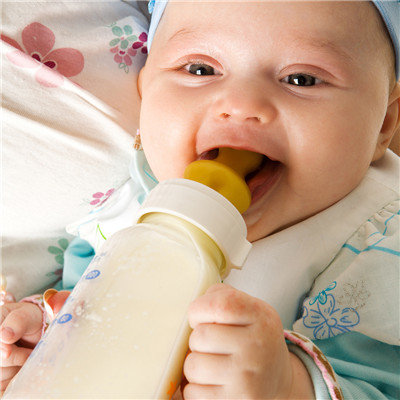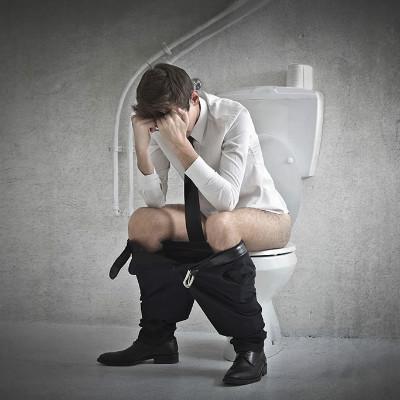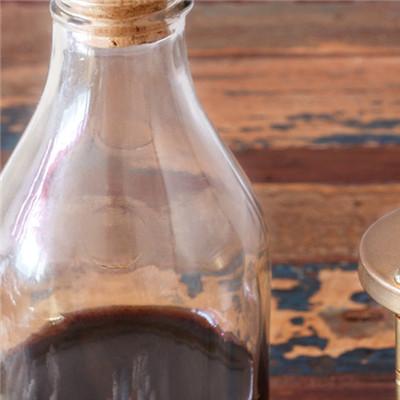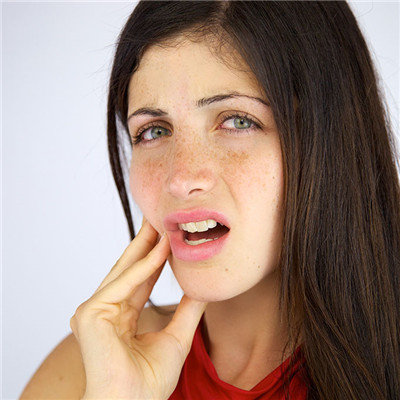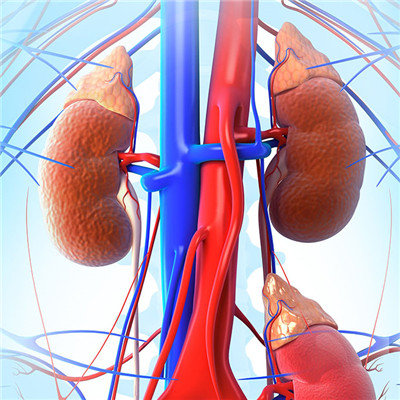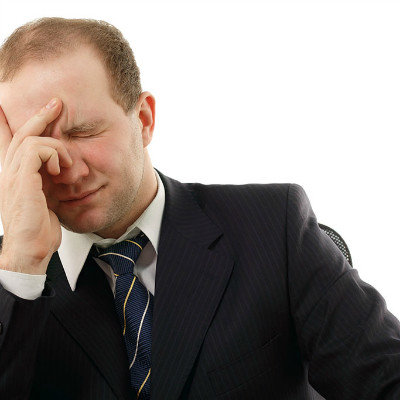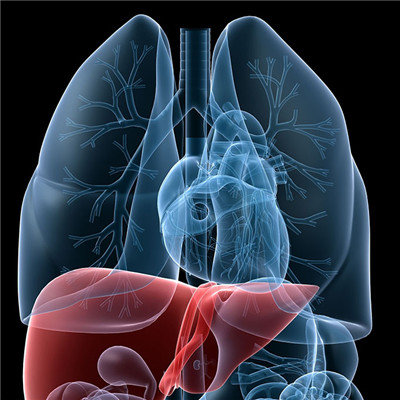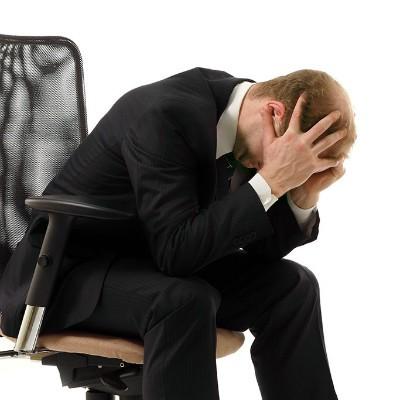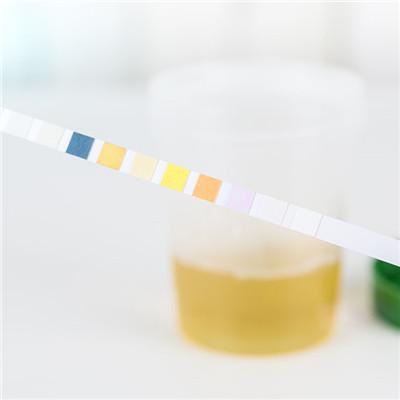How is tooth traumatic fracture repaired?
summary
Recently, I fell down in a sports accident, two teeth were broken. After going to the hospital for examination, the doctor said I had a tooth injury. Tooth trauma affects the appearance of teeth. I hope to cure the disease immediately and rebuild healthy teeth. However, according to the main parts of tooth injury, tooth trauma can be divided into several types: tooth concussion, tooth fracture, tooth dislocation and tooth dislocation. And each type of treatment is not the same, different types have their own treatment principles. So, what are the different treatments for different types of dental trauma? Now let's introduce it to you.
How is tooth traumatic fracture repaired?
First, dental concussion is that when the affected teeth have early contact, a small amount of occlusal adjustment should be made, the pulp vitality should be measured and recorded, and regular observation should be made. If it returns to normal, no further treatment should be done, but once the pulp necrosis is confirmed, root canal treatment can be done.

Second: crown fracture is a small amount of enamel fracture, grinding sharp edge, follow-up observation of pulp. A small amount of enamel and dentin were broken, and the cross-section was covered with glass ionomer cement with little pulp stimulation. If there were no symptoms after 6-8 weeks, composite resin was used to repair. If the dentin is broken near the pulp, the young permanent teeth should be repaired with composite resin or inlay after 6-8 weeks or after apical formation; Indirect pulp capping or root canal therapy can be used for adult teeth. For the young permanent teeth with crown fracture and pulp exposure, direct pulp capping or pulpotomy should be performed, and then root canal therapy or crown restoration should be performed after the apical formation; Adults can do root canal therapy after crown restoration.

Third: tooth dislocation is to measure and record pulp vitality, regular observation, after pulp necrosis, root canal therapy. In the case of contusion dislocation, young permanent teeth do not need to be forced out, but can erupt spontaneously in the future; It should be reset and fixed under local anesthesia. Other dislocated teeth should be reduced and fixed under local anesthesia. The earlier the treatment, the better the prognosis.

matters needing attention
If you can't determine what type of tooth trauma you have, it is recommended to go to a regular hospital to find a professional doctor for identification and treatment. Don't blindly draw a conclusion by yourself, so as to delay your illness.

